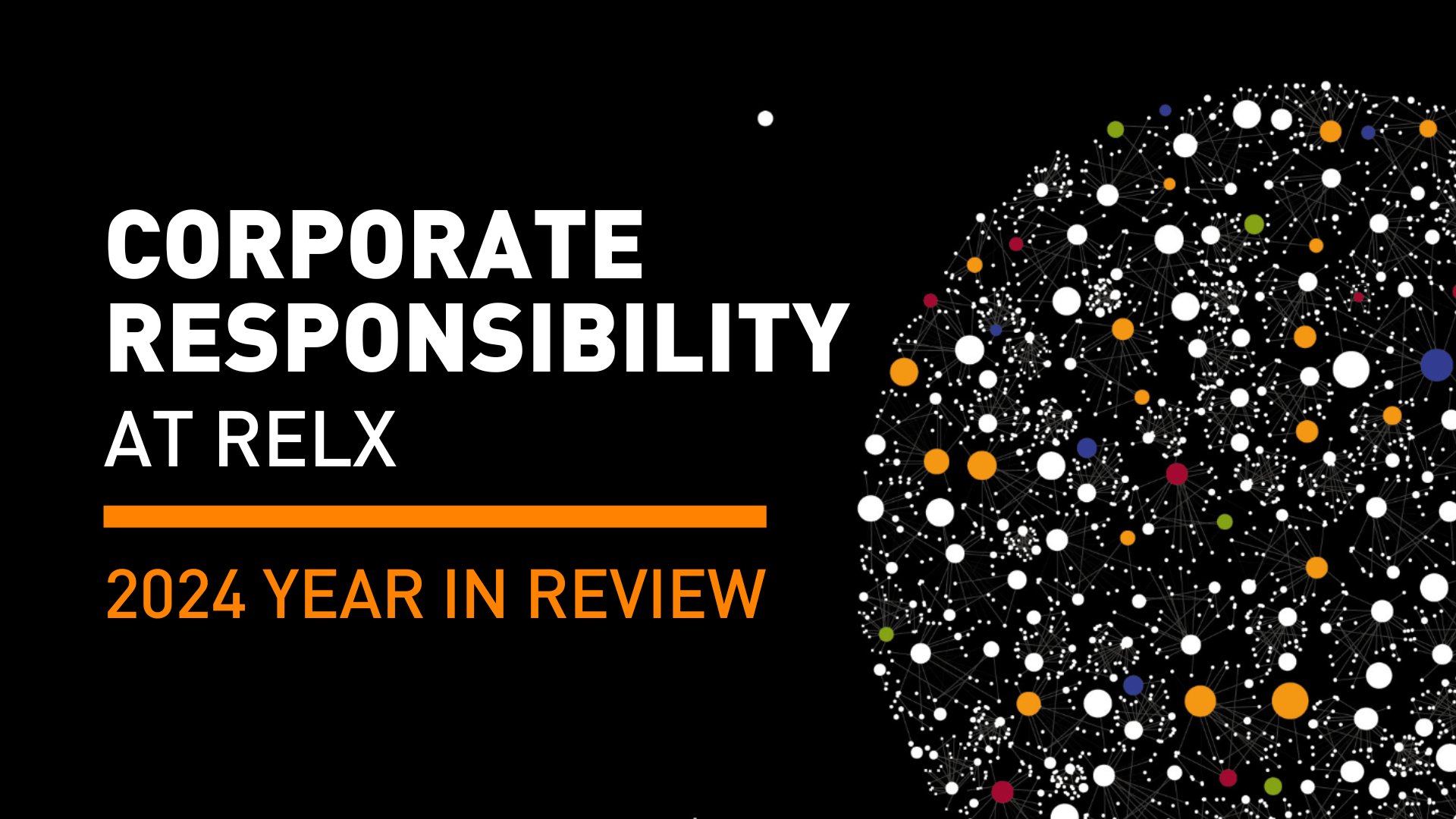International Journal of Hygiene and Environmental Health, 2025, 114561
This study is among the first to assess the fit of respirators designed for children. The results underscore the necessity of designing respirators tailored to children�s specific facial dimensions and demonstrate that modifications�such as adding an extra ear loop clip�can significantly improve respirator fit.
María F. Manobanda-Lisintuña, Cristina A. Villamar-Ayala,
Carbon and water footprints within an environmental laboratory: Water, energy, and packaging management strategies,
Green Analytical Chemistry,
Volume 13,
2025,
100243,
ISSN 2772-5774,
https://doi.org/10.1016/j.greeac.2025.100243.
Also in laboratories we should be critical about the amount of water, energy, and resources used. There is room for increasing efficiency and better mangement there as well. The objective of this study is to evaluate the carbon and water footprints present in an environmental laboratory..
Results in Engineering, Volume 25, March 2025
Green Analytical Chemistry, Volume 12, March 2025
Polar Science, Volume 43, March 2025
IJID Regions, Volume 14, Supplement 2, March 2025, 100599
The article discusses India's National Tuberculosis Elimination Program and its efforts to combat TB, which disproportionately affects vulnerable populations, including tribal communities and people living in poverty and remote rural areas.
Ad Hoc Networks, Volume 168, 1 March 2025
Neuroscience, Volume 568, 5 March 2025

